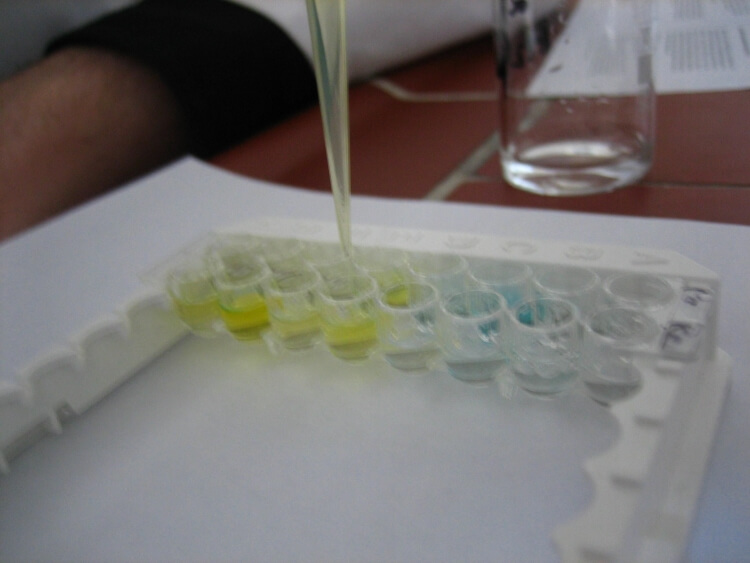2h
Human FGF13(Fibroblast Growth Factor 13) ELISA Kit
Human FGF13(Fibroblast Growth Factor 13) ELISA Kit
500pg/mL
Cytokine;
13.1pg/mL
31.2-500pg/mL
Competitive Inhibition
FHF2; Fibroblast Growth Factor Homologous Factor 2
ELISA Enzyme-linked immunosorbent assays Code 90320007 SNOMED
Aplha, transcription related growth factors and stimulating factors or repressing nuclear factors are complex subunits of proteins involved in cell differentiation. Complex subunit associated factors are involved in hybridoma growth, Eosinohils, eritroid proliferation and derived from promotor binding stimulating subunits on the DNA binding complex. NFKB 105 subunit for example is a polypetide gene enhancer of genes in B cells.
E05 478 566 350 170 or Enzyme-Linked Immunosorbent Assays,E05 478 566 350 170 or Enzyme-Linked Immunosorbent Assays,Human proteins, cDNA and human recombinants are used in human reactive ELISA kits and to produce anti-human mono and polyclonal antibodies. Modern humans (Homo sapiens, primarily ssp. Homo sapiens sapiens). Depending on the epitopes used human ELISA kits can be cross reactive to many other species. Mainly analyzed are human serum, plasma, urine, saliva, human cell culture supernatants and biological samples.
This assay employs the competitive inhibition enzyme immunoassay technique. A monoclonal antibody specific to Fibroblast Growth Factor 13 (FGF13) has been pre-coated onto a microplate. A competitive inhibition reaction is launched between biotin labeled Fibroblast Growth Factor 13 (FGF13) and unlabeled Fibroblast Growth Factor 13 (FGF13) (Standards or samples) with the pre-coated antibody specific to Fibroblast Growth Factor 13 (FGF13). After incubation the unbound conjugate is washed off. Next, avidin conjugated to Horseradish Peroxidase (HRP) is added to each microplate well and incubated. The amount of bound HRP conjugate is reverse proportional to the concentration of Fibroblast Growth Factor 13 (FGF13) in the sample. After addition of the substrate solution, the intensity of color developed is reverse proportional to the concentration of Fibroblast Growth Factor 13 (FGF13) in the sample.
